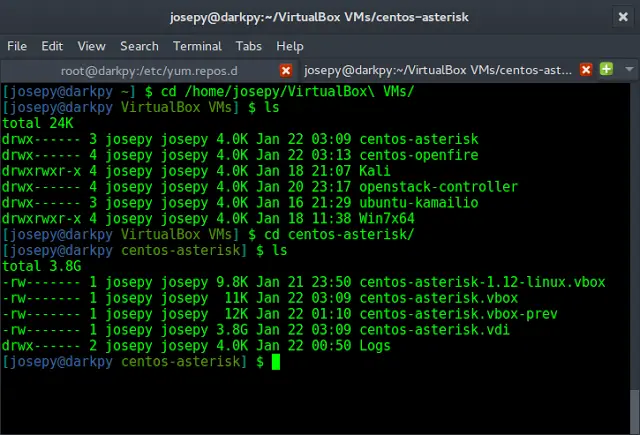Introduction :
The find-S algorithm is a basic concept learning algorithm in machine learning. The find-S algorithm finds the most specific hypothesis that fits all the positive examples. We have to note here that the algorithm considers only those positive training example. The find-S algorithm starts with the most specific hypothesis and generalizes this hypothesis each time it fails to classify an observed positive training data. Hence, the Find-S algorithm moves from the most specific hypothesis to the most general hypothesis.
Important Representation :
- ? indicates that any value is acceptable for the attribute.
- specify a single required value ( e.g., Cold ) for the attribute.
- ϕindicates that no value is acceptable.
- The most general hypothesis is represented by: {?, ?, ?, ?, ?, ?}
- The most specific hypothesis is represented by: {ϕ, ϕ, ϕ, ϕ, ϕ, ϕ}
Steps Involved In Find-S :
- Start with the most specific hypothesis.
h = {ϕ, ϕ, ϕ, ϕ, ϕ, ϕ} - Take the next example and if it is negative, then no changes occur to the hypothesis.
- If the example is positive and we find that our initial hypothesis is too specific then we update our current hypothesis to a general condition.
- Keep repeating the above steps till all the training examples are complete.
- After we have completed all the training examples we will have the final hypothesis when can use to classify the new examples.
Example :
Consider the following data set having the data about which particular seeds are poisonous.
First, we consider the hypothesis to be a more specific hypothesis. Hence, our hypothesis would be :
h = {ϕ, ϕ, ϕ, ϕ, ϕ, ϕ}
Consider example 1 :
The data in example 1 is { GREEN, HARD, NO, WRINKLED }. We see that our initial hypothesis is more specific and we have to generalize it for this example. Hence, the hypothesis becomes :
h = { GREEN, HARD, NO, WRINKLED }
Consider example 2 :
Here we see that this example has a negative outcome. Hence we neglect this example and our hypothesis remains the same.
h = { GREEN, HARD, NO, WRINKLED }
Consider example 3 :
Here we see that this example has a negative outcome. Hence we neglect this example and our hypothesis remains the same.
h = { GREEN, HARD, NO, WRINKLED }
Consider example 4 :
The data present in example 4 is { ORANGE, HARD, NO, WRINKLED }. We compare every single attribute with the initial data and if any mismatch is found we replace that particular attribute with a general case ( ” ? ” ). After doing the process the hypothesis becomes :
h = { ?, HARD, NO, WRINKLED }
Consider example 5 :
The data present in example 5 is { GREEN, SOFT, YES, SMOOTH }. We compare every single attribute with the initial data and if any mismatch is found we replace that particular attribute with a general case ( ” ? ” ). After doing the process the hypothesis becomes :
h = { ?, ?, ?, ? }
Since we have reached a point where all the attributes in our hypothesis have the general condition, example 6 and example 7 would result in the same hypothesizes with all general attributes.
h = { ?, ?, ?, ? }
Hence, for the given data the final hypothesis would be :
Final Hyposthesis: h = { ?, ?, ?, ? }
Algorithm :
1. Initialize h to the most specific hypothesis in H
2. For each positive training instance x
For each attribute constraint a, in h
If the constraint a, is satisfied by x
Then do nothing
Else replace a, in h by the next more general constraint that is satisfied by x
3. Output hypothesis h





